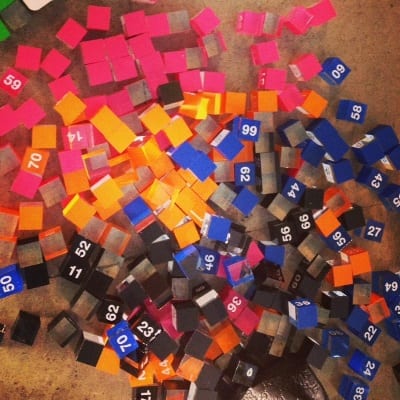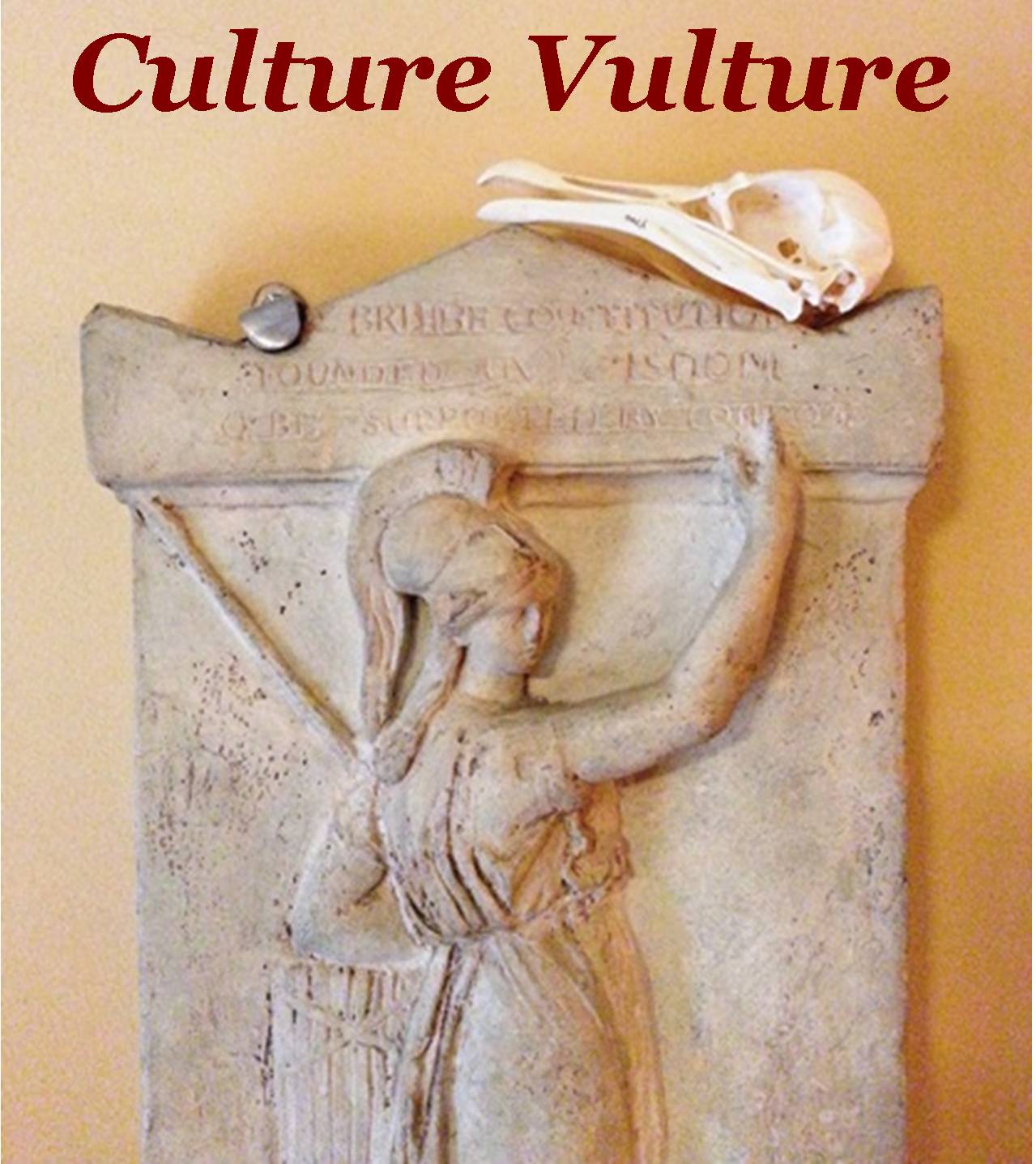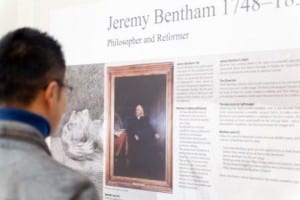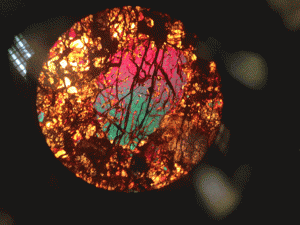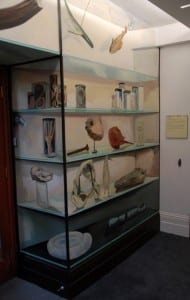Curating the Octagon Exhibition
By Claire S Ross, on 14 June 2013
Most of the last couple of weeks I have been busy installing the new Octagon Gallery Exhibition, ‘Digital Frontiers: Smart, Connected and Participatory’. It’s been a brilliant experience and I have learnt a lot so I thought I’d talk a bit about the process of creating an exhibition from a first time curator!
The exhibition opened at the beginning of June 2013. But it all first started when I applied to exhibit in the new Octagon space. UCL Museums invited proposals on a theme (in this instance the theme was ‘frontiers’) from across the UCL community. The proposals were judged by a panel and my application on the theme of ‘Digital Frontiers’ was successful. The proposal focused on key research areas from UCL Centre for Digital Humanities (UCLDH) and the UCL Centre for Advanced Spatial Analysis (CASA). It felt quite strange deciding on a theme without being fully aware of all the potential objects, but it paved the way for an exciting challenge to see how I could fit as many of UCL’s 18 disparate collections into my exhibition theme.
The first full meeting happened in January when I got together with all the curators and collections managers from the different UCL Museums and Collections and I explained my broad themes and plans for the exhibition. We had an initial brain storm and I was bit overwhelmed with all the information on objects that could potentially fit the exhibition concept. I then had one to one meetings with all the individual curators to discuss exhibition ideas and view possible objects, before going away and coming up with a really long list of potential objects.
(more…)
 Close
Close


